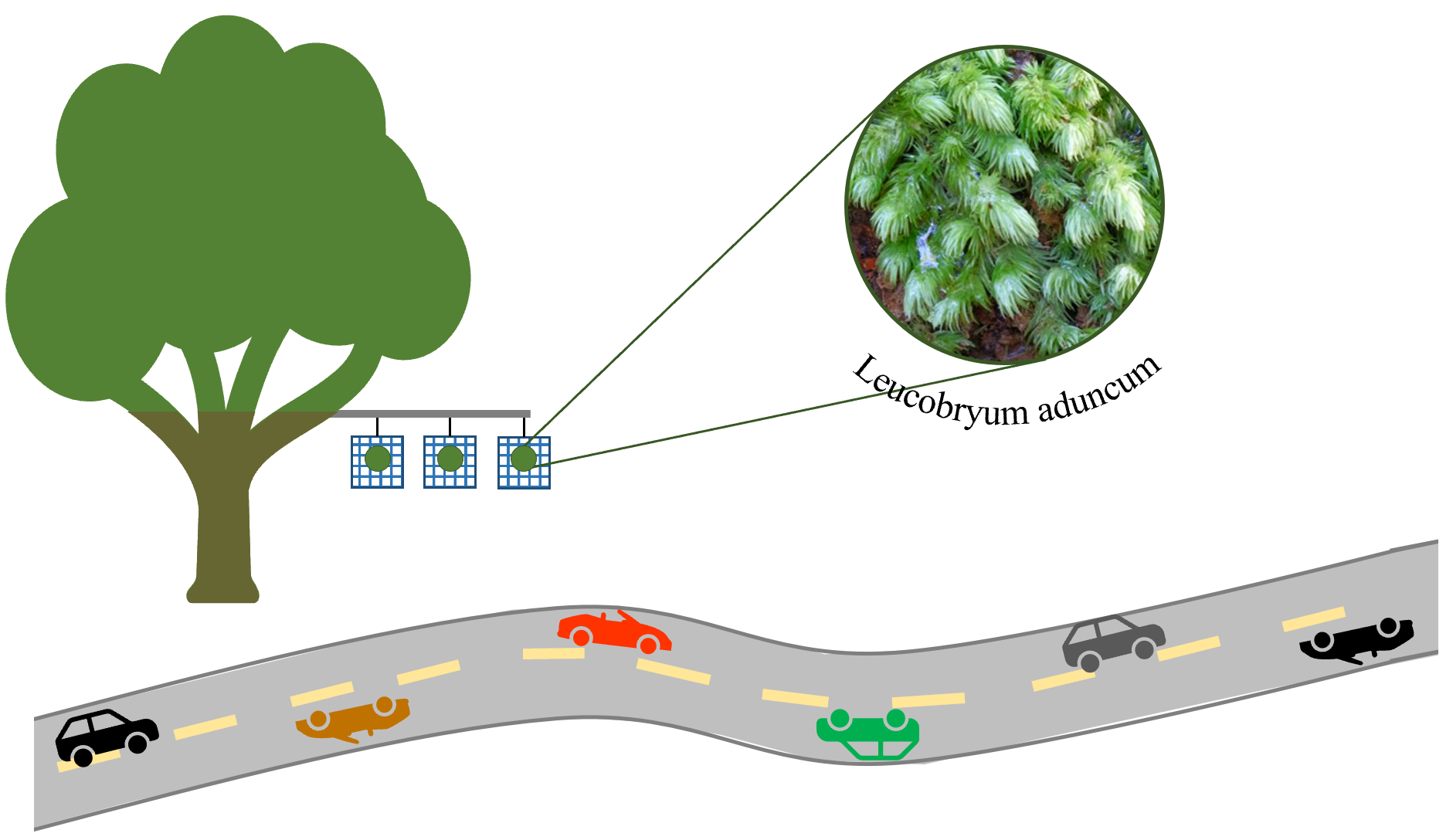Photosynthesis-related Parameters in Leucobryum aduncum Moss Bags as Bioindicators of Environmental Stress Caused by Road Traffic
Main Article Content
Abstract
The physiological response in moss samples is often used as an early warning signal of environmental stress caused by air pollution. This study aimed to test the efficiency of photosynthesis-related parameters in Leucobryum aduncum moss bags as bioindicators of environmental stress related to road traffic. The moss samples were collected and prepared in a relatively unpolluted area and then transplanted at 7 sites in forested, rural, and urban areas. The moss samples were picked up after being exposed for 1 and 3 months for physiological measurements. The results showed that the average values of all physiological parameters were highest in the forested area and lowest in the urban area. All parameters at most roadside (R site) sites were lower or significantly lower than those at the site away from the road (A site). This was particularly true for the 3-month exposure period, suggesting that the length of exposure should be longer than 1 month, but exposure up to 3 months could fully damage the photosystem II and destroy the moss bags. The vitality index also clearly indicated that the moss bags were more affected in the urban area, at the R sites, and at the 3-month exposure. Among six parameters, the most susceptible parameter was the chlorophyll fluorescence parameter, followed by the total carotenoids, chlorophyll a, total chlorophylls, chlorophyll b, and chlorophyll a degradation (OD435/OD415). The moss bag technique used in this study did not negatively affect the studied physiological parameters, but a great elevation difference could affect the moss bag physiology. This study illustrated that the photosynthesis-related parameters of L. aduncum moss bags can be used as effective bioindicators of environmental stress caused by road traffic. This study is among the priority studies of moss bioindication of air pollution in Thailand and can pave the way for future studies.
Article Details

This work is licensed under a Creative Commons Attribution-NonCommercial 4.0 International License.
Published articles are under the copyright of the Applied Environmental Research effective when the article is accepted for publication thus granting Applied Environmental Research all rights for the work so that both parties may be protected from the consequences of unauthorized use. Partially or totally publication of an article elsewhere is possible only after the consent from the editors.

